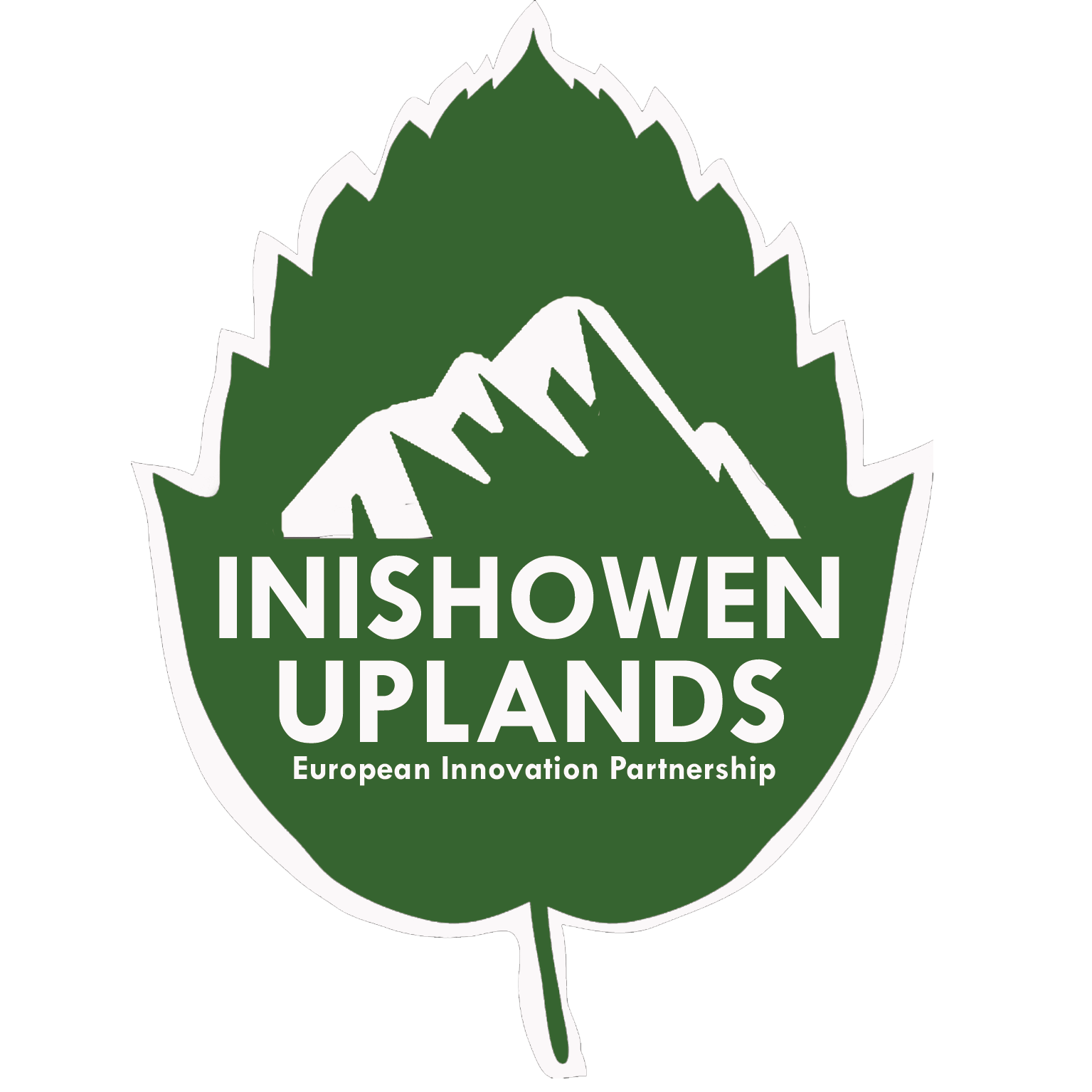
The Inishowen peninsula sits on the North-West coast of Ireland, running from Malin Head in the north to Newtowncunningham in the south. It has a population of approximately 40,500. There are 2688 farmers in Inishowen. The land within the peninsula is quite varied and wide range of agricultural enterprises are carried out. Single suckling and sheep farming are the predominant enterprises that are undertaken. The area is dominated by High Nature Value farmland (HNV).
The average size of farm in Inishowen is 27 hectares according to the (Sligo Leitrim Donegal Advisory Region, 2015) and in keeping with the national trend, many farmers have off farm income. It is also the case that in keeping with national and EU trends the age profile of farmer and lack the of a successor is a concern. It is becoming clear that, in a shift from earlier generations where a son was expected to take over the family farm, farmers are now encouraging their sons to look elsewhere to provide a living for themselves citing long hours, over regulation and non-existent returns.
While tradition and culture mean that farming will continue, for the benefits and positive externalities that follow from it to be fully realised and exploited, whether they be the provision of public goods or the landscape and amenity values that are provided, new thinking is required.
The role and purpose of the part-time farmer must be redefined and appreciated. The reality is that most of the farms in the Inishowen peninsula and indeed through Ireland are not capable of generating a sufficient income. However, if there is some tangible return for the production of public goods the long-term sustainability of these farms could be improved. Much of the uplands and mountains in Inishowen are covered in blanket bog. While conservation of raised bogs receive greater attention, the fact is, that blanket bogs are the rarer ecosystem in an international context. Ireland has the largest covering of blanket bog within Europe, conservation and proper management of this blanket bog coupled with climate mitigation measures on improved low land would yield a number of important environmental benefits such as good quality water, carbon sequestration, high-quality biodiversity and flood mitigation.
Objectives
The ultimate aim is to increase farm profitability to ensure that the farming activity that is carried out is contributing to overall household income, not a drain on it. In addition we intend to demonstrate that this can be achieved in tandem with delivering on climate change, biodiversity and water quality
We will trial best practice in managing upland habitat both commonage and privately owned uplands in Inishowen together with innovative practices, including agroforestry, and climate smart innovation on the improved low land to reduce costs and maximise returns.
It is being increasingly recognized that farming the land in a sustainable manner brings a multitude of benefits for all sectors including, agricultural produce, local commerce, a product for the tourism industry to benefit from, open space for urban dwellers to engage in recreational activities, preserving our history and culture, clean air, clean water and water retention, carbon sequestration, and the green image that Ireland trades under and benefits from internationally.
